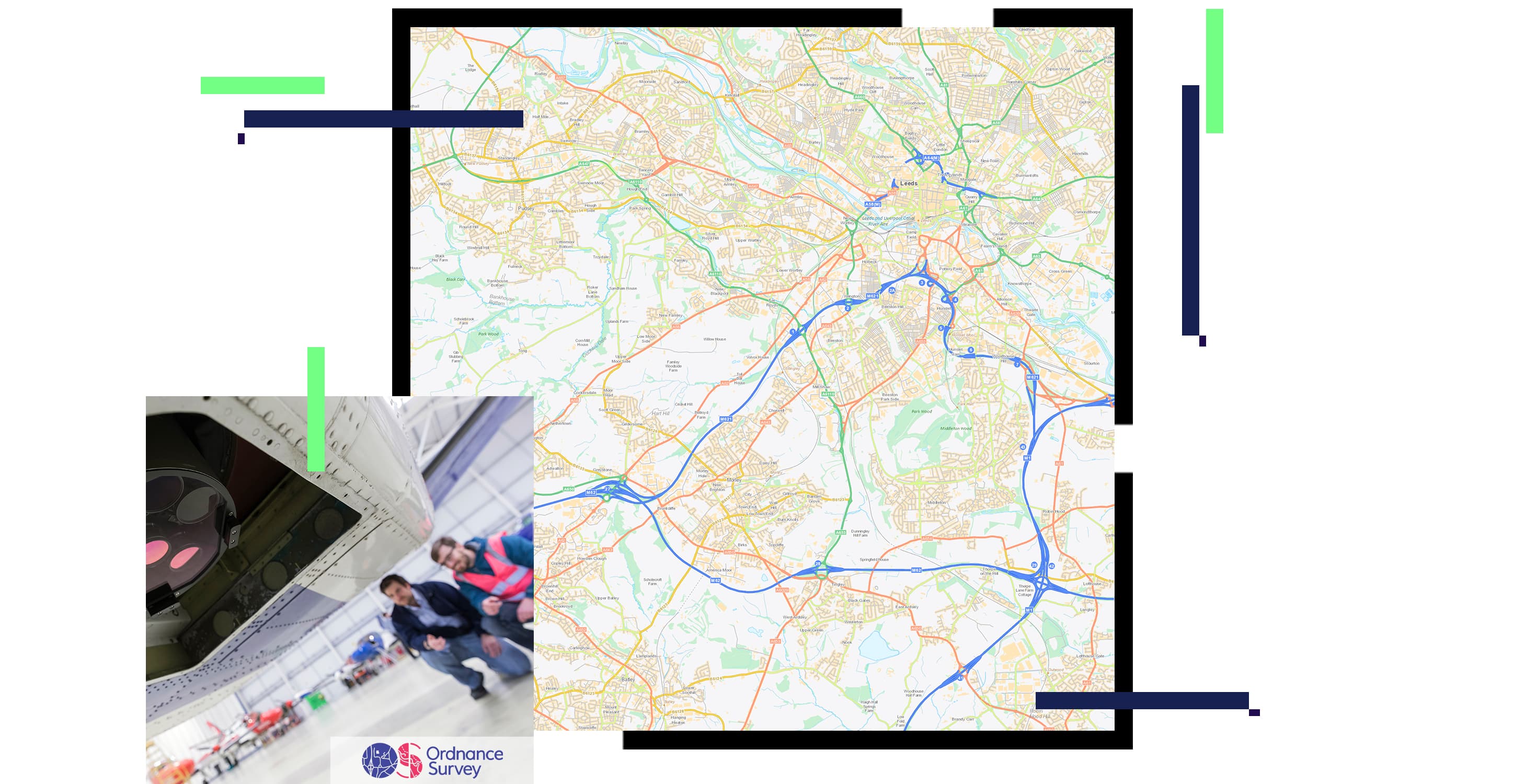Detection and extraction of changed features
Identifying where real-world features are changing is key for National Mapping and Geospatial Authorities (NMGAs) to map updates for their customers. This process is increasingly automated through the use of GeoAI and deep learning. New imagery is compared to older imagery, using GIS for image analysis to quickly detect change. These changes are compared to the digital map data to rapidly update the features.





